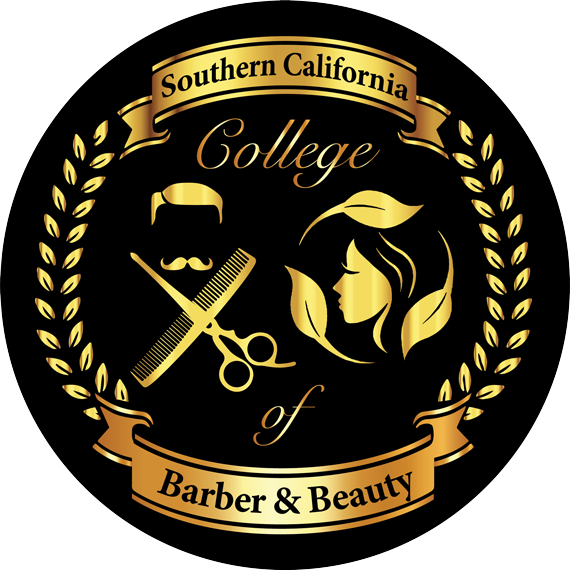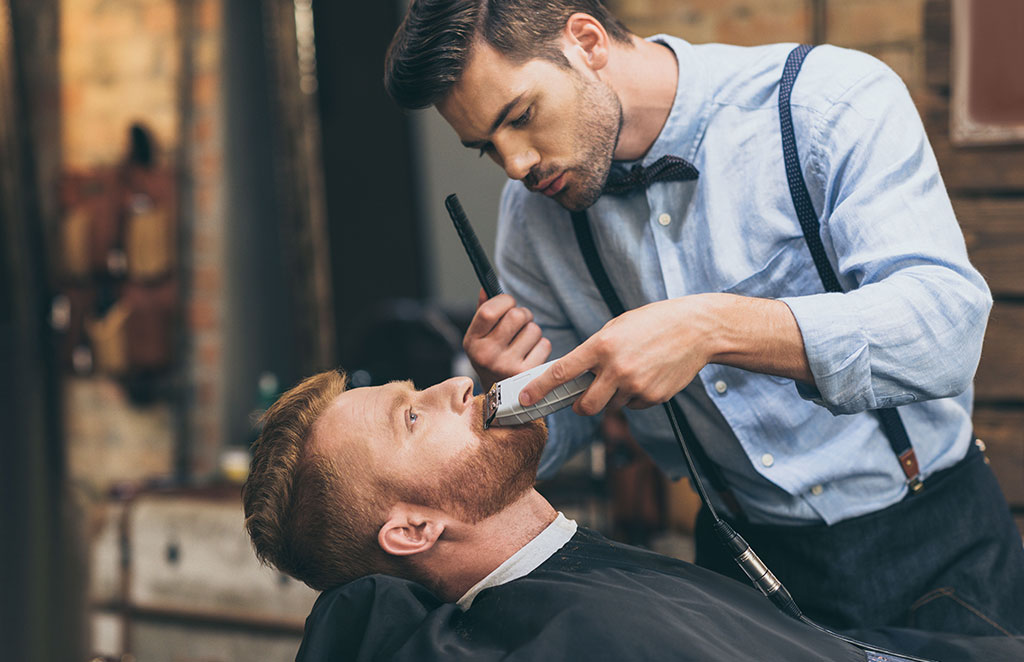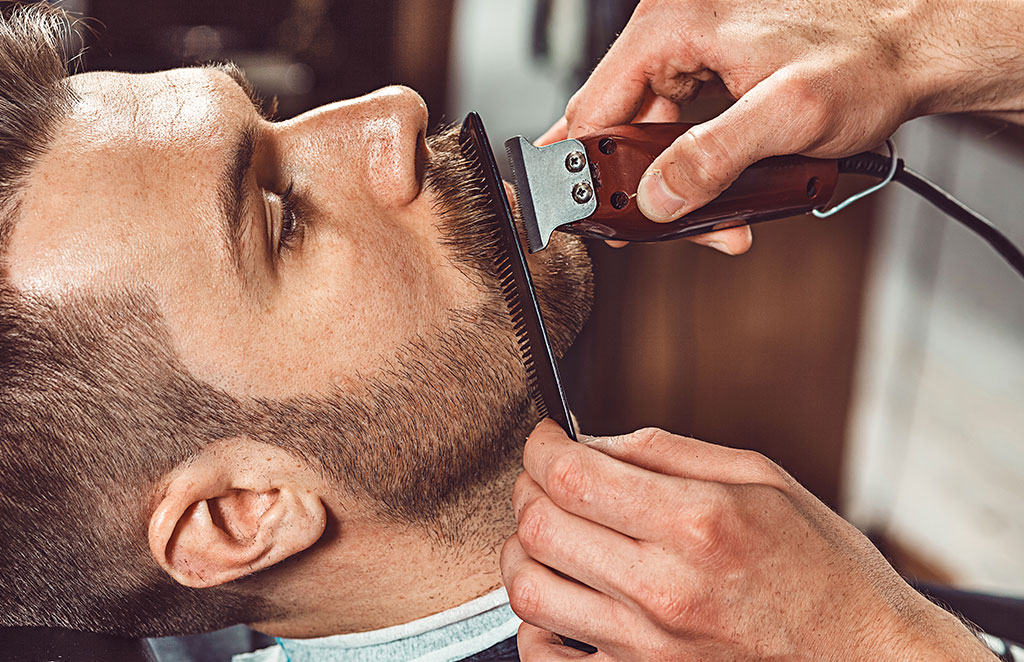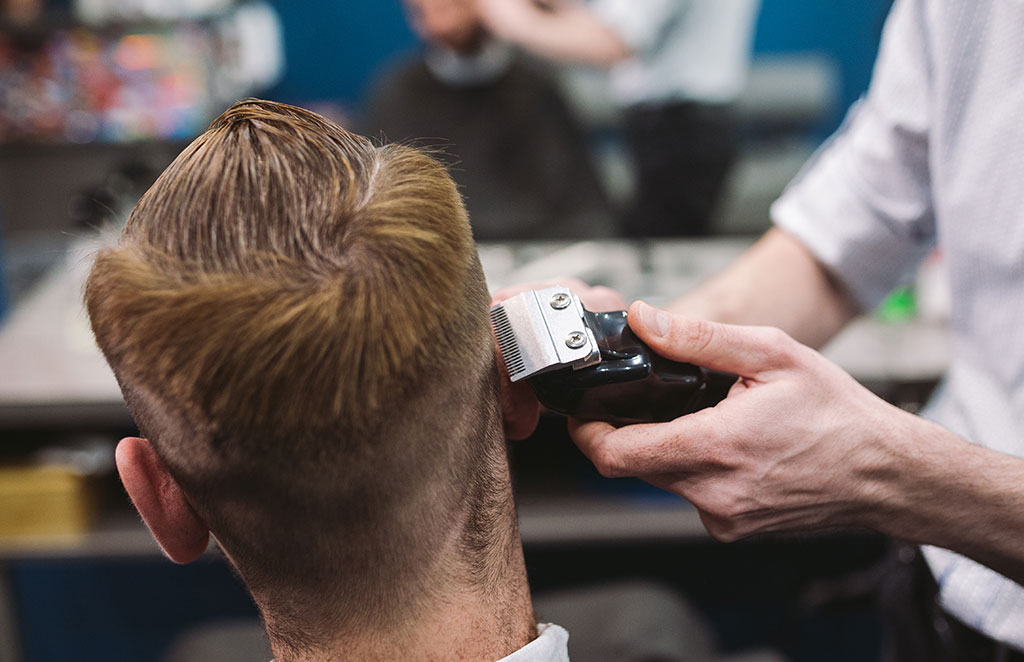When choosing a career in hair care, understanding the differences between a barber vs. hair stylist is crucial. While both professions revolve around hair and customer service, they cater to different needs and require unique skills and training. This guide will help you understand these distinctions, ensuring you make an informed decision about which path suits you best.
Training and Education
The foundational training for barbers and hair stylists sets the stage for their career paths. Typically, barbers attend barber schools where they focus extensively on hair-cutting techniques, the use of clippers, and shaving. Barber programs often include a strong emphasis on facial hair management, such as beard and mustache trimming, as well as shaving services. In contrast, hair stylists usually graduate from cosmetology schools that offer a broader curriculum.
This not only covers hair cutting and styling but also explores hair coloring, texture services, and skincare. Although both programs can be rigorous, the focus differs significantly in preparing professionals for the specific services they will offer.
Services Offered
Barbers are known for their expertise in traditional men’s grooming services. This includes precise haircuts, often with clippers, and facial hair grooming such as beard trimming and elaborate razor shaves. Their services are typically more focused on shorter, classic styles that require frequent upkeep and detailing, making them a popular choice for men who want a sharp and clean look.
Hair stylists, on the other hand, tend to offer a wider variety of hair styling services that appeal to both men and women. They excel in creating versatile hairstyles using different cutting techniques, which often involve scissors over clippers. Hair stylists are also the go-to professionals for color services, from subtle highlights to transformative color changes. Additionally, they can provide treatments like perms or hair straightening and even basic skincare and makeup services, depending on their training.
Clientele and Atmosphere
The typical clientele and atmosphere at barber shops and hair salons also highlight key differences between these two professions. Barber shops often have a distinctly masculine vibe, providing a communal space where men can relax and enjoy a straightforward grooming experience. The atmosphere tends to be more laid-back, with a focus on quick, efficient service and a social environment.
Hair salons offer a more diverse clientele, serving men, women, and children. The atmosphere in salons can vary widely, from the luxurious and serene to the trendy and lively, depending on the brand and target market. This versatility attracts a broader client base and allows stylists to work with a wide range of hair types and styles, adapting their approach to suit individual needs and preferences.
Tools of the Trade
The tools used by barbers and hair stylists reflect their specific skills and services. Barbers are adept with clippers, straight razors, and barber shears, which are essential for achieving close cuts and detailed facial hair work. Their toolkit allows them to perform precise cuts and shaves, which are staples in the barbering profession.
Hair stylists, however, typically use a variety of scissors, brushes, and styling tools like blow dryers, curling irons, and flat irons. These tools enable them to create a range of hairstyles, from sleek, straight looks to voluminous curls. Additionally, stylists use a range of hair care products to enhance, protect, and hold the hairstyles they create, from volumizing mousses to smoothing serums and everything in between.
Skill Specialization
While both barbers and hair stylists deal extensively with hair, their specializations within their fields differ significantly. Barbers are highly skilled in creating precise, clean lines and fades which are essential in many classic men’s hairstyles. Their training sharpens their ability to perform under the precision required for these styles and to manage facial hair with a detail-oriented approach. On the other hand, hair stylists bring a creative flair to hair styling, adept at shaping hair not just through cuts but also through styling techniques that enhance a person’s look and personality.
Trends and Continuing Education
Staying updated with the latest trends is vital in both professions. Barbers must keep abreast of the evolving preferences in men’s haircuts and beard styles to maintain relevancy with their clientele. Similarly, hair stylists must continuously educate themselves about the latest in hair coloring techniques and styling trends to meet the dynamic demands of fashion.
Both professions benefit from ongoing education, which not only helps them stay competitive but also allows them to offer the latest techniques and styles to their clients.
Business Skills
Often, professionals in both fields also acquire business skills, as many choose to open their own shops or work as independent contractors. Understanding the basics of business management, customer service, marketing, and finance is essential for those looking to thrive independently. These skills are critical in managing a successful operation, whether it’s a barber shop focusing on classic grooming techniques or a full-service hair salon offering a range of treatments including hair coloring and styling.
Community and Cultural Impact
Barbers and hair stylists both play significant roles in their communities, often standing as cultural icons or trendsetters. Barber shops can act as local gathering places where discussions and community bonding occur. Similarly, hair salons often serve as centers for transformation and fashion, influencing local and broader style trends. Both professions offer the unique opportunity to impact people’s lives, not just through their services but through the social and cultural roles they play.
Employment Opportunities
With the beauty industry continuing to expand, both barbers and hair stylists find ample employment opportunities. Many choose to work in existing establishments, while others may venture into entrepreneurship. The flexibility in employment allows professionals in these fields to tailor their careers to their lifestyle preferences and financial goals, making it an attractive option for many.
At Southern California College of Barber & Beauty, we understand the distinct paths between a barber vs. hair stylist and the opportunities available in the beauty industry. Our comprehensive programs, such as our barber program, barber crossover program, or others, are designed to equip you with the skills needed for success, whether you’re pursuing a career as a barber or a hairstylist. We offer hands-on training in cutting-edge techniques for hair cutting, hair styling, and more, all taught by experienced professionals with a passion for education.
We pride ourselves on our commitment to student success, offering a supportive learning environment and resources to help you thrive. Our programs are tailored to ensure that you not only master the technical skills required but also understand the business aspects of working in the beauty industry. If you’re ready to start a rewarding career that allows for creative expression and personal growth, visit us at Southern California College of Barber & Beauty. Join us, and let us help you shape your future in the beauty industry. Contact us today to learn more about our programs and how we can help you achieve your professional dreams.



